Daltonization
Daltonization is a color correction technique that attempts to adjust colors in such a way that there are less color combinations that would be confusing to a color blind person. It isn't perfect but in some cases it can improve an image to make it more accessible to someone with a color vision deficiency.
Like Color Blindness Simulation, this feature is designed to quickly transform each frame of your sketch so that the overhead from the library does not impact your frame rate.
To learn more about the Processing library I have built to perform daltonization, go to the main project page.
Consider this image of fall trees.
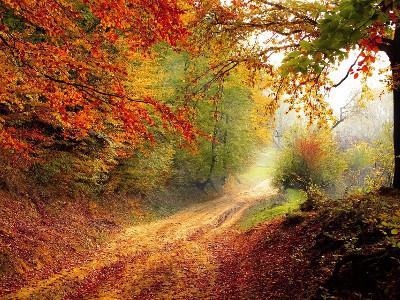
To a Protanope the trees would look like this:
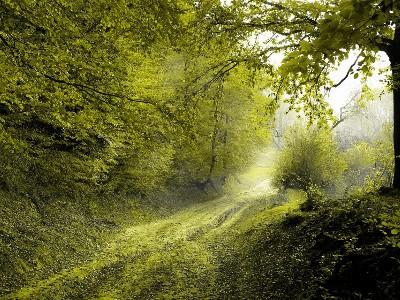
The green and red leaves look the same. Daltonization modifies the colors so it looks like this:

If we do a simulation on top of the daltonization, it will look like this:
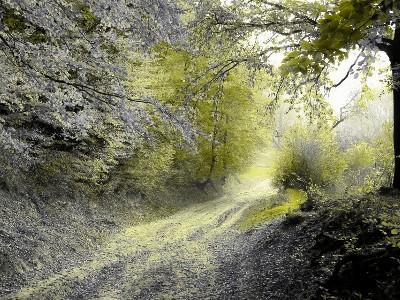
Now a Protanope can see that the leaves in the foreground are different from the leaves in the background.
How well does Daltonization work? It isn't perfect but it can help. Consider this plate from the Ishihara color vision test.
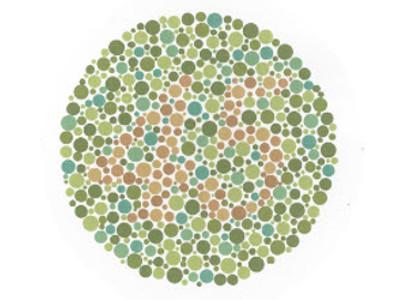 Original |
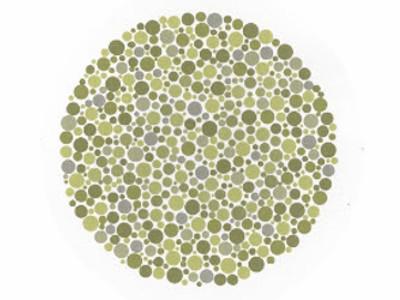 Simulate Protanopia |
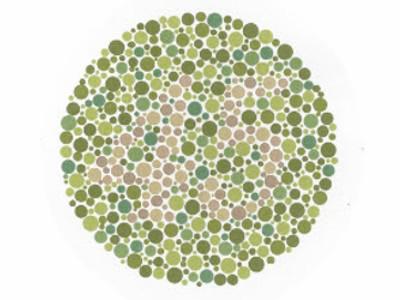 Daltonize |
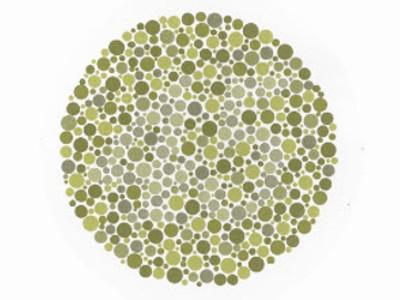 Daltonize and then Simulate Protanopia |
The images suggest that a color blind person would be able to make out the number from the daltonized plate, but barely.
While building this library I found that many popular open source daltonization tools contain a math error for Tritanopia daltonization. Refer to the Color Blindness Simulation Research page for more information.